Imagine stepping into your backyard to find a space that effortlessly blends the comfort of the indoors with the beauty of the outdoors. Whether you’re a first-time homeowner or a seasoned DIY enthusiast, our guide, “11 Retractable Roofs Ideas for Your Next Project,” will inspire you to create an outdoor haven that suits your lifestyle. With each idea, you’ll discover how to enhance your patio with versatile and stylish roofs that invite both sunshine and shade at your command.
Transforming your outdoor area has never been more exciting or achievable. These retractable roof ideas offer practical benefits such as weather protection, energy efficiency, and aesthetic appeal, ensuring your outdoor space is as functional as it is beautiful. Dive in with confidence, knowing that these ideas are your ticket to enjoying countless memorable moments under the perfect sky, no matter the season.
Incorporate Smart Control Systems
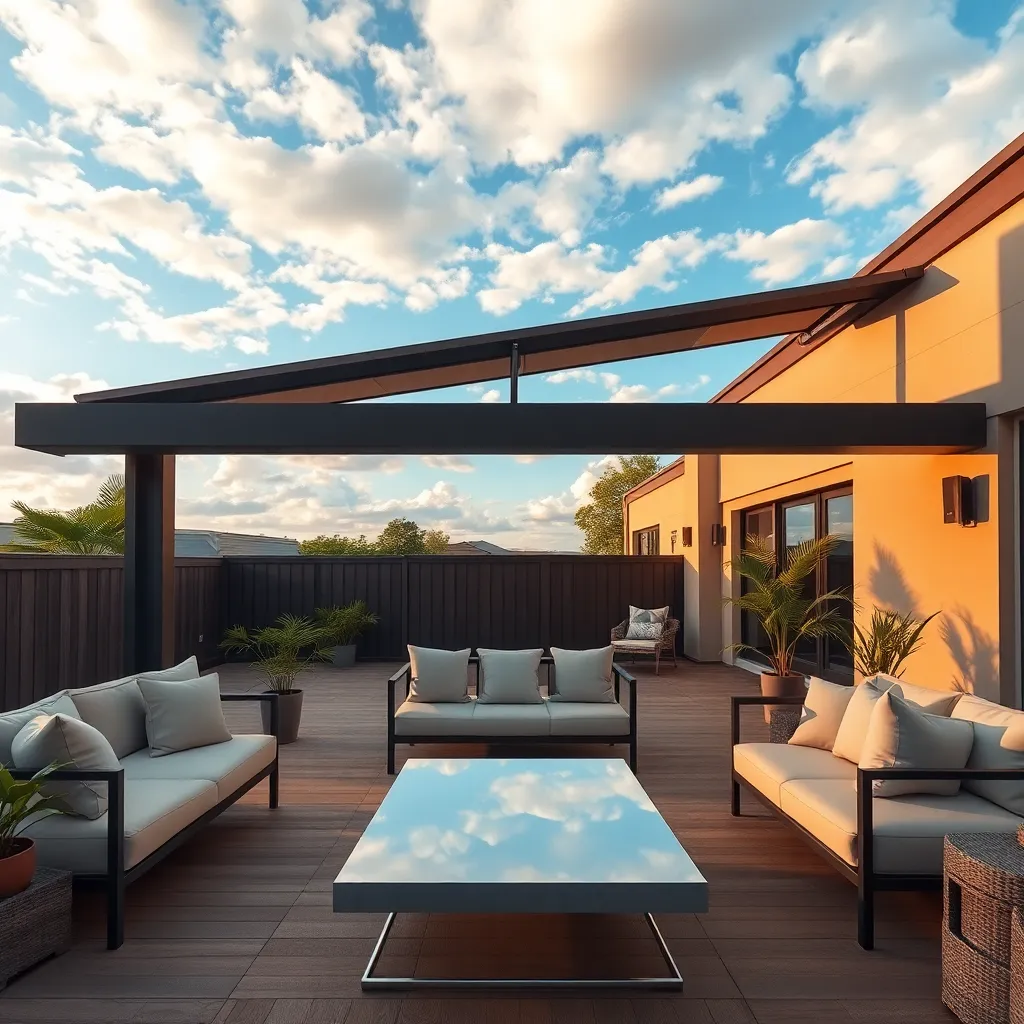
Integrating smart control systems into your retractable roof design is a fantastic way to enhance convenience and efficiency. Consider installing automated systems that allow you to control the roof with a remote or smartphone app, providing ease of use and adaptability to weather changes. For those starting out, look for systems compatible with popular smart home platforms like Google Home or Amazon Alexa to simplify integration.
For a more advanced setup, explore sensor-based systems that automatically retract or extend the roof based on weather conditions. These systems can include rain sensors and wind detectors, ensuring your outdoor space is protected without manual intervention. When choosing materials, opt for durable, weather-resistant options like aluminum or treated wood for the frame, paired with a UV-resistant fabric for the roof to ensure longevity and performance.
Select Durable, Weatherproof Materials
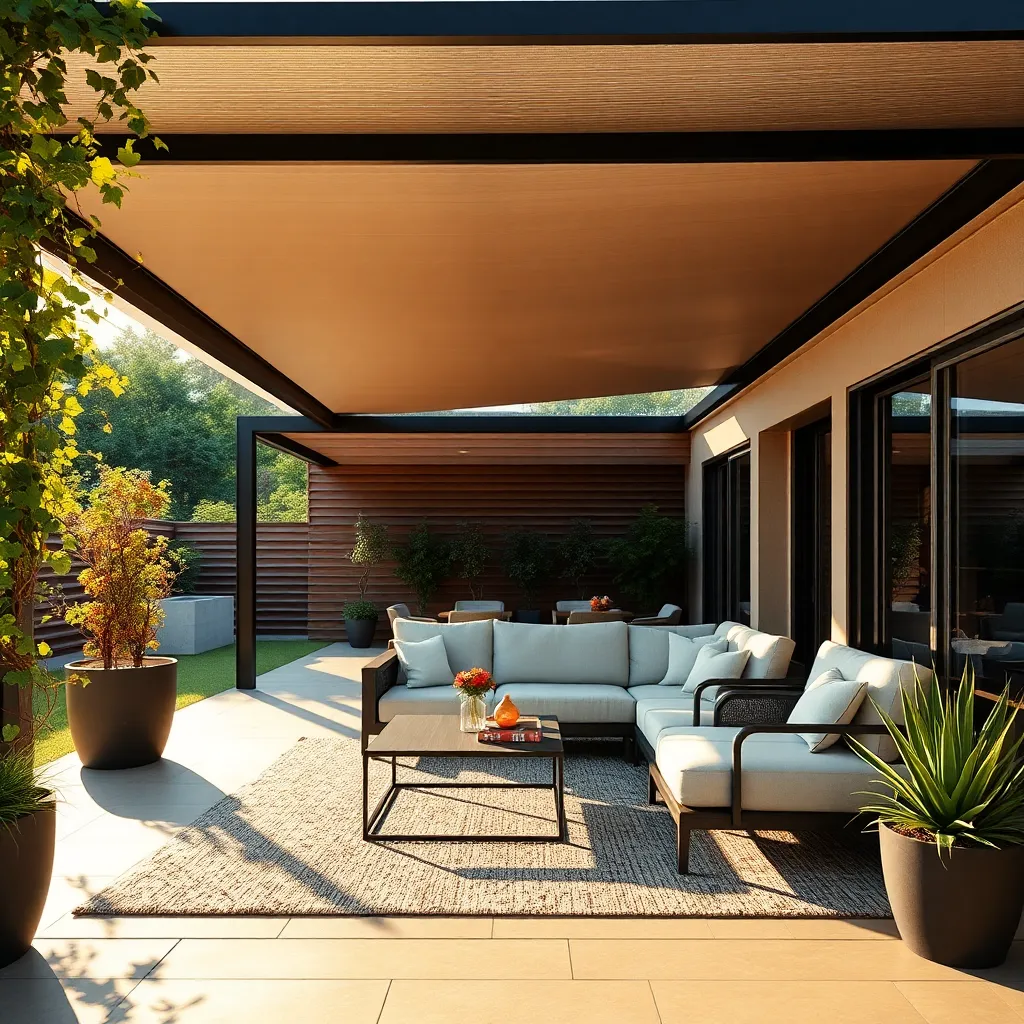
When selecting materials for a retractable roof, prioritize those that are durable and weatherproof to ensure longevity and performance in any climate. Aluminum and stainless steel are excellent frame choices for their resistance to rust and corrosion, while polycarbonate panels offer UV protection and are lightweight yet sturdy. For a fabric option, consider high-quality, UV-resistant acrylic or PVC-coated polyester, which not only withstands harsh weather but also resists fading.
Incorporating design elements that enhance durability can significantly extend the life of your retractable roof. Opt for reinforced joints and connections to withstand high winds, and ensure the fabric or panels are tightly secured to prevent flapping. For advanced protection, consider adding a water drainage system integrated into the design to minimize water pooling during heavy rain. These thoughtful choices will not only protect your investment but also provide peace of mind, ensuring your outdoor space remains enjoyable year-round.
Optimize Space with Modular Designs
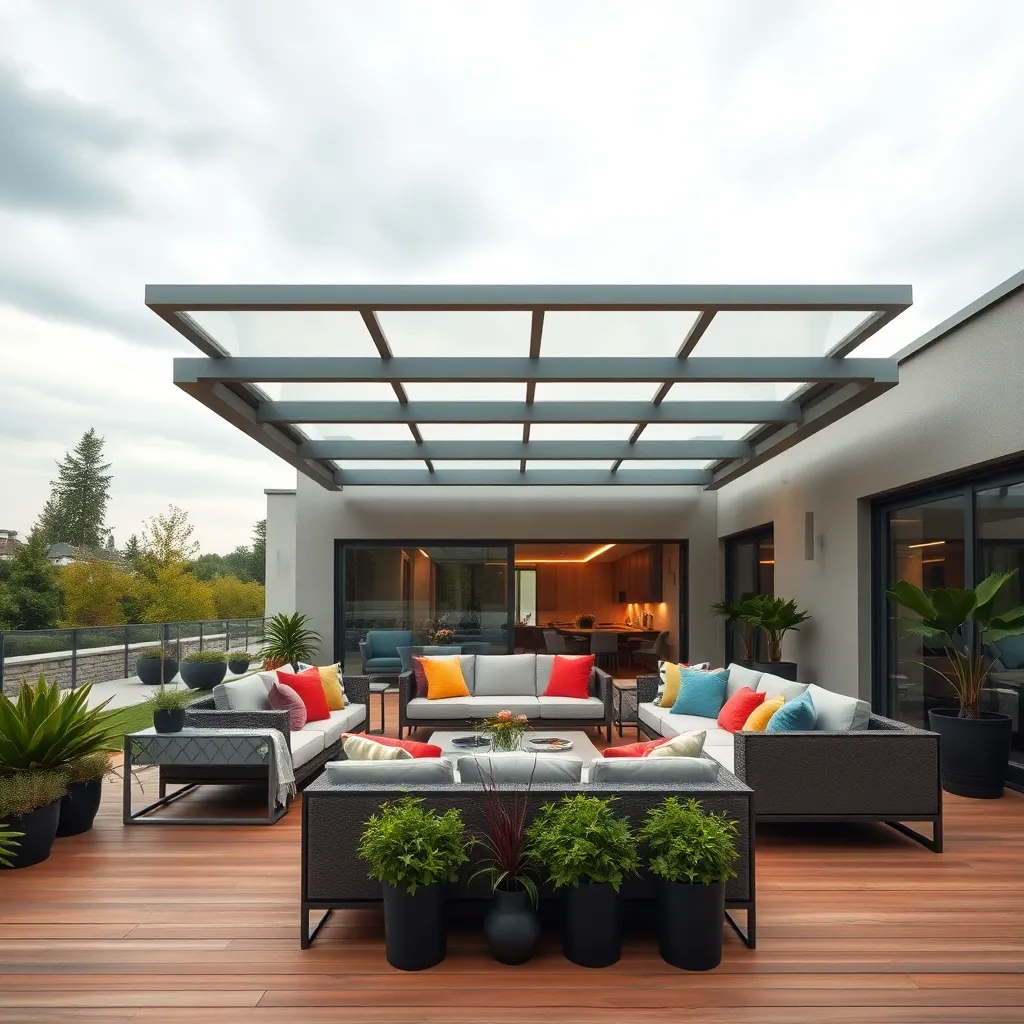
Incorporating modular designs into your retractable roof project can significantly enhance your outdoor space’s flexibility and functionality. Choose modular components that can be easily reconfigured or expanded, such as lightweight aluminum frames and polycarbonate panels. These materials are not only durable but also offer excellent UV protection. Beginners may start with basic rectangular modules, while more advanced users can experiment with hexagonal or triangular shapes to create a unique look.
For a seamless integration, consider using a track system that allows for smooth retraction and extension of the roof panels. Ensure the tracks are made from stainless steel to resist rust and wear, enhancing longevity. To make the most of your modular design, plan for adjustable panels that can be tilted to optimize shade and airflow. By focusing on these key elements, you can create a versatile and stylish outdoor area that adapts to your needs throughout the year.
Ensure Seamless Indoor-Outdoor Flow
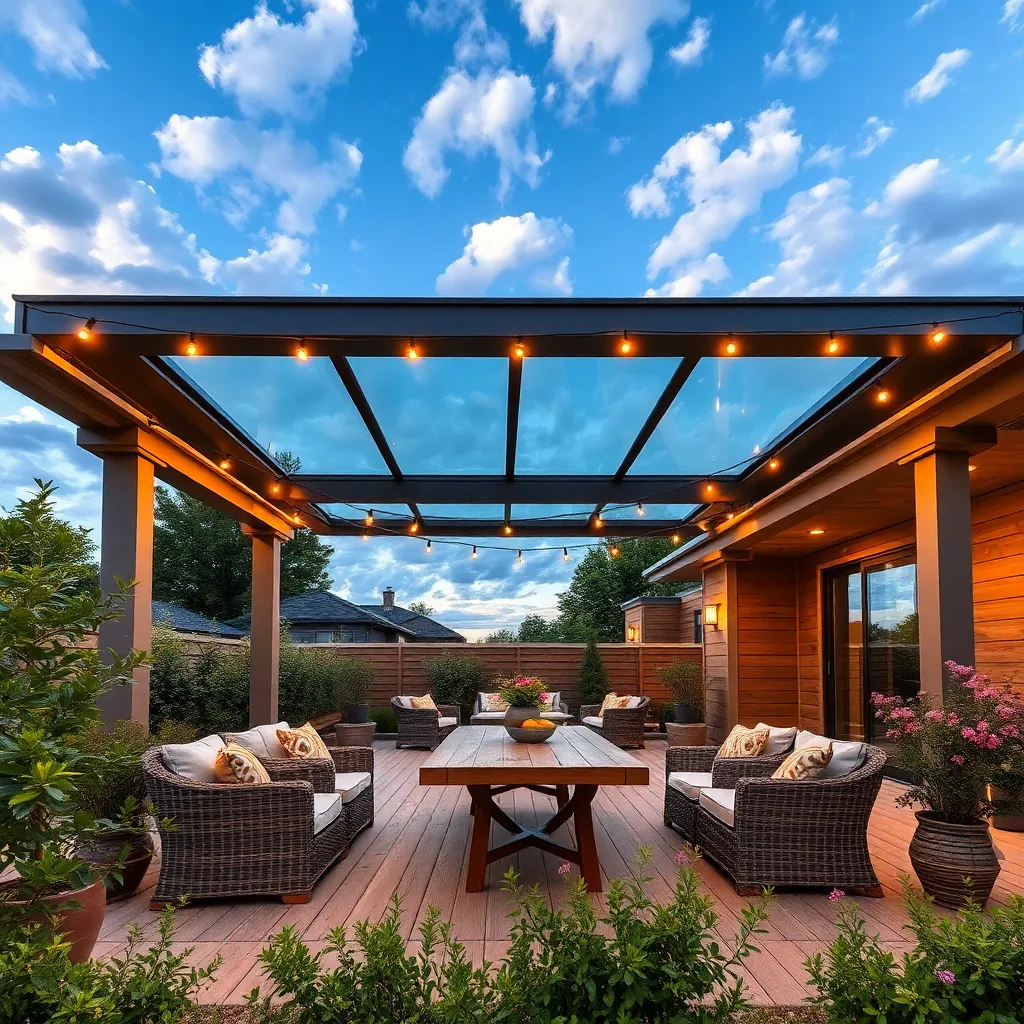
To ensure a seamless indoor-outdoor flow, consider using large sliding or bi-fold doors that open wide to connect your interiors with the outdoor space. Opt for materials like aluminum or fiberglass for the frames, as they offer durability and a sleek look. For beginners, start with positioning the doors where they can capture the best natural light, enhancing the transition between spaces. Advanced users might install recessed floor tracks for an uninterrupted threshold, making movement between areas smooth and barrier-free.
Integrate similar flooring materials indoors and outdoors to create a cohesive look. Using weather-resistant tiles or composite decking can maintain aesthetic consistency while withstanding outdoor conditions. Choose neutral tones or natural stone finishes to blend seamlessly with the interior design. For an advanced touch, ensure the floor levels are consistent by using adjustable pedestals or careful planning in the construction phase, reinforcing the fluidity between indoor and outdoor spaces.
Add Solar Panels for Efficiency
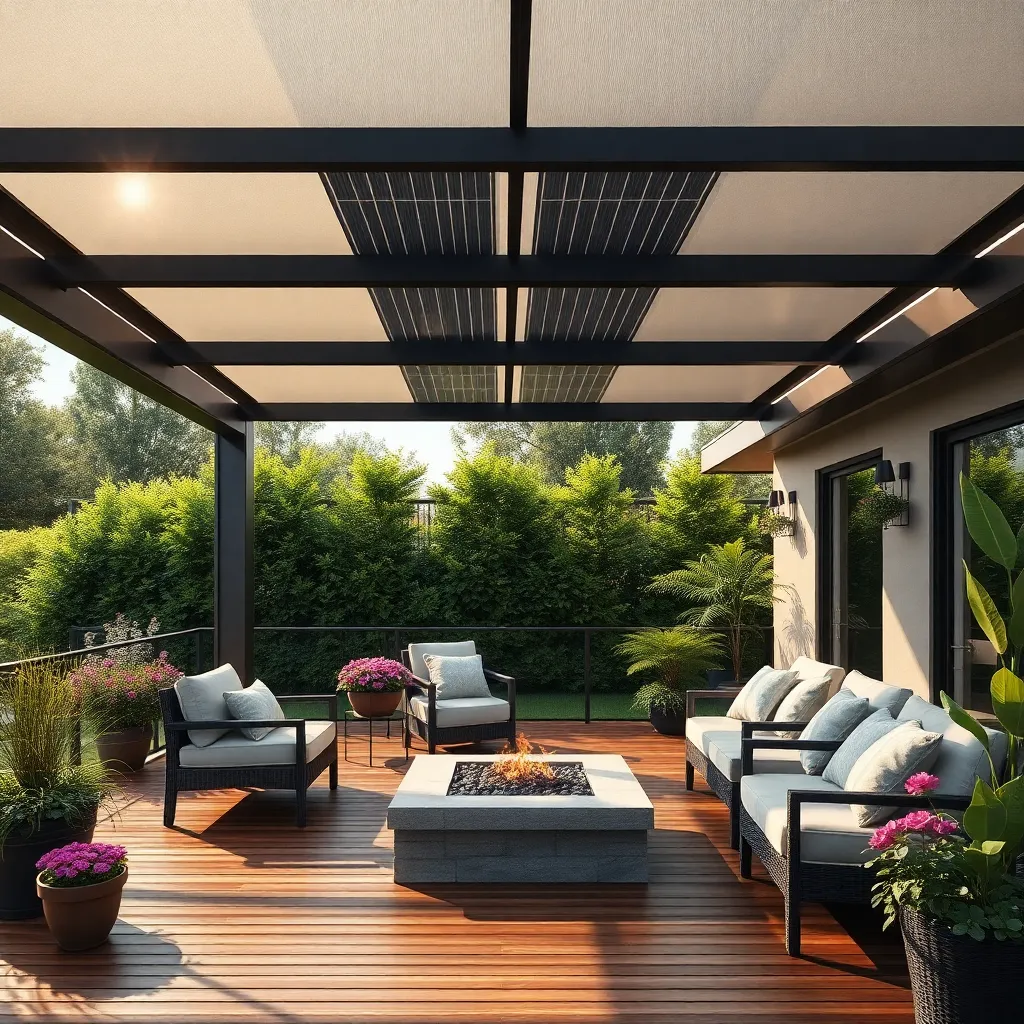
To enhance the efficiency of your retractable roof, consider integrating solar panels. This eco-friendly solution not only reduces electricity costs but also supports sustainable living. For beginners, polycrystalline panels are a cost-effective option and easy to install. Ensure the panels are positioned to capture maximum sunlight, typically facing south in the Northern Hemisphere or north in the Southern Hemisphere.
Advanced users might explore monocrystalline panels for higher efficiency and a sleeker design. It’s crucial to use a sturdy frame to support the panels, considering factors such as wind load and roof structure. If your roof is motorized, connect the solar system to the roof’s power requirements, potentially using a battery storage system for excess energy. This setup not only enhances the functionality of your retractable roof but also contributes to a self-sufficient outdoor space.
Use Motorized Systems for Ease

Integrating motorized systems into your retractable roof can greatly enhance ease of use and convenience. These systems allow you to effortlessly adjust your roof with the push of a button, making it simple to respond to changing weather conditions. For beginners, consider systems that include remote controls or smartphone integration for easy operation. More advanced users can explore options with programmable settings for automated opening and closing based on time of day or weather forecasts.
When selecting materials, opt for durable, weather-resistant components like aluminum or stainless steel to ensure longevity. Look for systems with a robust motor that can handle your roof’s size and weight, typically requiring a motor power rating of at least 120 watts for medium-sized installations. To maintain a seamless aesthetic, choose designs that hide the motor and wiring, blending them into the structure. By investing in a quality motorized system, you’ll not only enhance the functionality of your outdoor space but also add a touch of modern sophistication.
Consider Noise Reduction Features
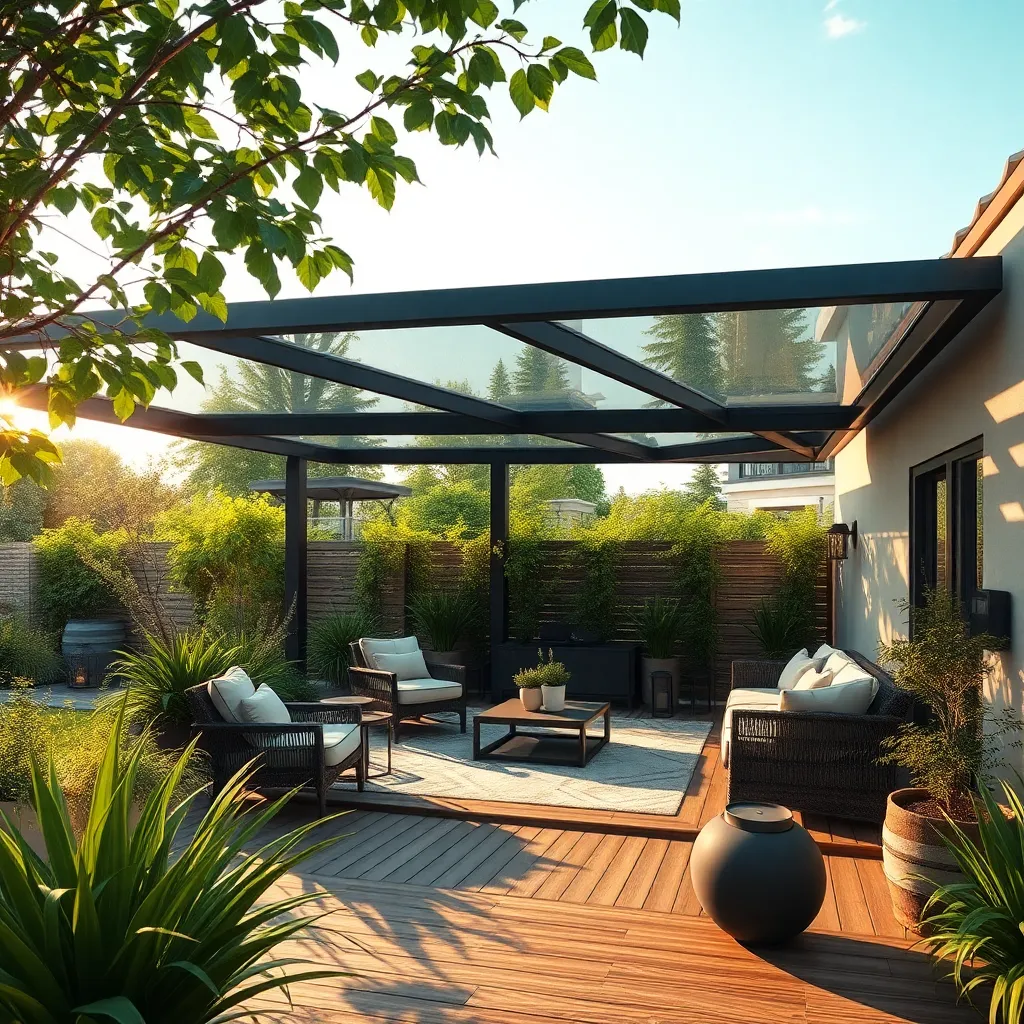
When considering noise reduction features for your retractable roof project, focus on incorporating materials that can absorb or deflect sound effectively. Acoustic panels made from materials like dense foam or cork can be installed on the underside of the roof to reduce ambient noise significantly. Additionally, thicker fabric covers for the retractable sections can help minimize sound transmission, offering a peaceful outdoor retreat.
Designing the space with strategic landscaping can also enhance noise reduction. Consider planting a line of dense hedges or trees around the perimeter of your outdoor area to act as a natural sound barrier. For those seeking advanced solutions, constructing a partial wall using materials like brick or stone can further block unwanted noise while adding a touch of elegance to your setup. This combination of natural and structural elements will create a serene escape right in your backyard.
Include Built-in Drainage Solutions
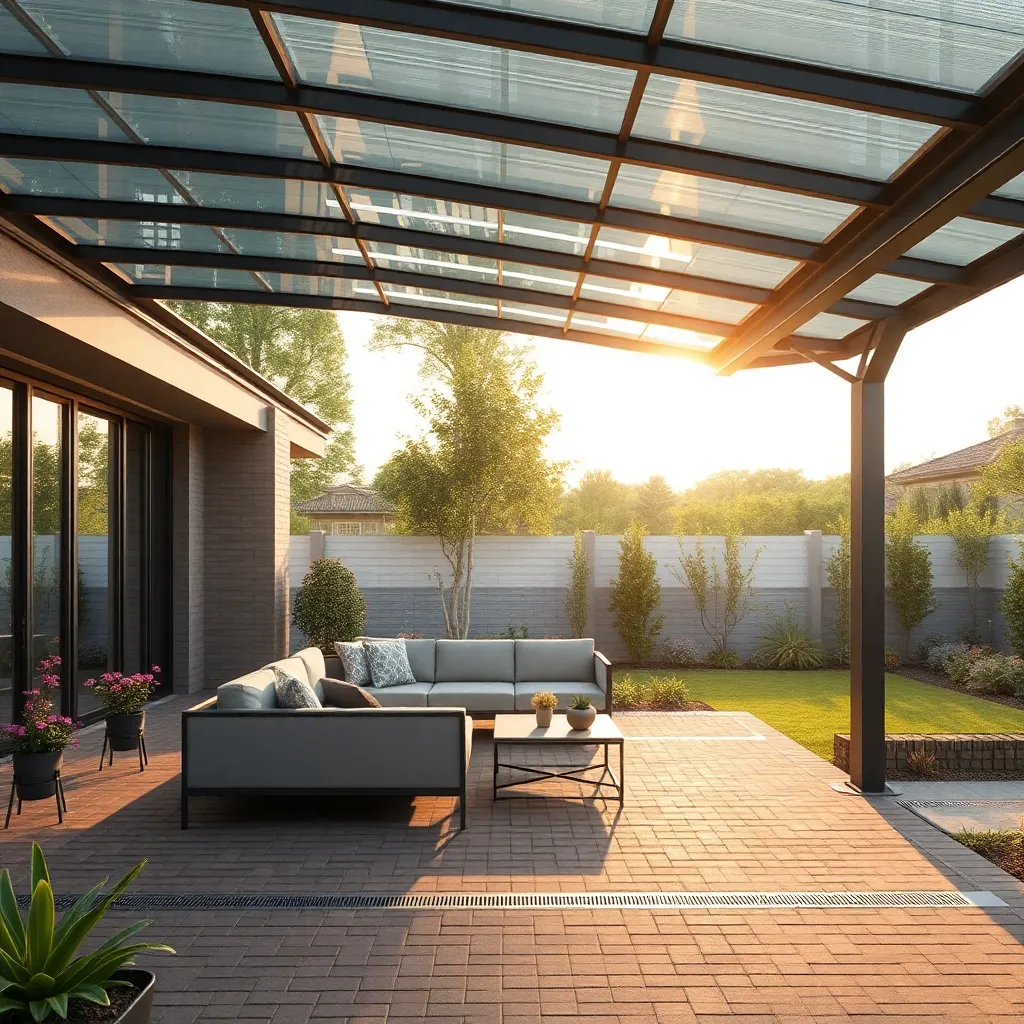
When designing a retractable roof for your outdoor space, it’s crucial to include built-in drainage solutions to prevent water accumulation and damage. Start by incorporating sloped surfaces in the roof design to naturally guide rainwater towards designated drainage points. For a more advanced setup, consider using integrated gutter systems that channel water away from seating areas and foundations. These systems can be crafted from durable materials like aluminum or stainless steel, ensuring longevity and minimal maintenance.
Opt for innovative drainage solutions like hidden drainpipes or rain chains that not only manage water effectively but also enhance the aesthetic appeal of your outdoor structure. Beginners can start with simple PVC pipe systems, while seasoned DIY enthusiasts might explore custom-built drainage channels or permeable pavers to manage runoff. Always ensure your drainage solutions comply with local building codes and are properly sealed to prevent leaks, keeping your outdoor area dry and inviting.
Choose Customizable Color Options
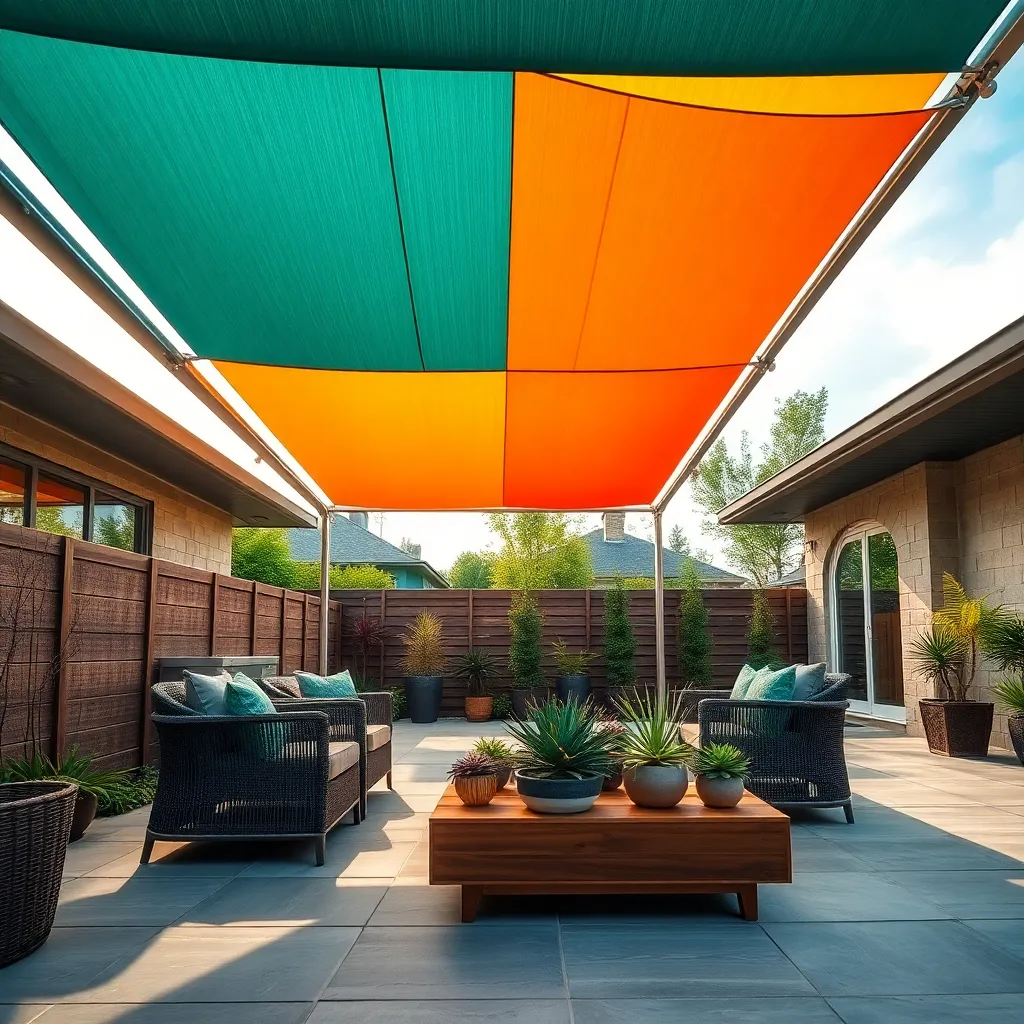
When choosing a retractable roof, customizable color options allow you to blend your outdoor space seamlessly with your home’s aesthetic. Consider opting for powder-coated aluminum frames, which offer a wide range of colors and are highly durable against weather elements. For beginners, starting with neutral tones like gray or beige can create a timeless look, while more adventurous homeowners might explore bold hues to make a striking statement.
Beyond frame colors, fabric choices for the roof itself also play a crucial role in customization. Look for UV-resistant and waterproof fabrics to ensure longevity and protection from the elements. Advanced users might explore dual-tone fabrics that provide different colors on each side, offering versatility in design. To achieve a cohesive look, coordinate the roof colors with existing outdoor furniture or patio elements, enhancing the overall harmony of your space.
Install Integrated Heating Elements
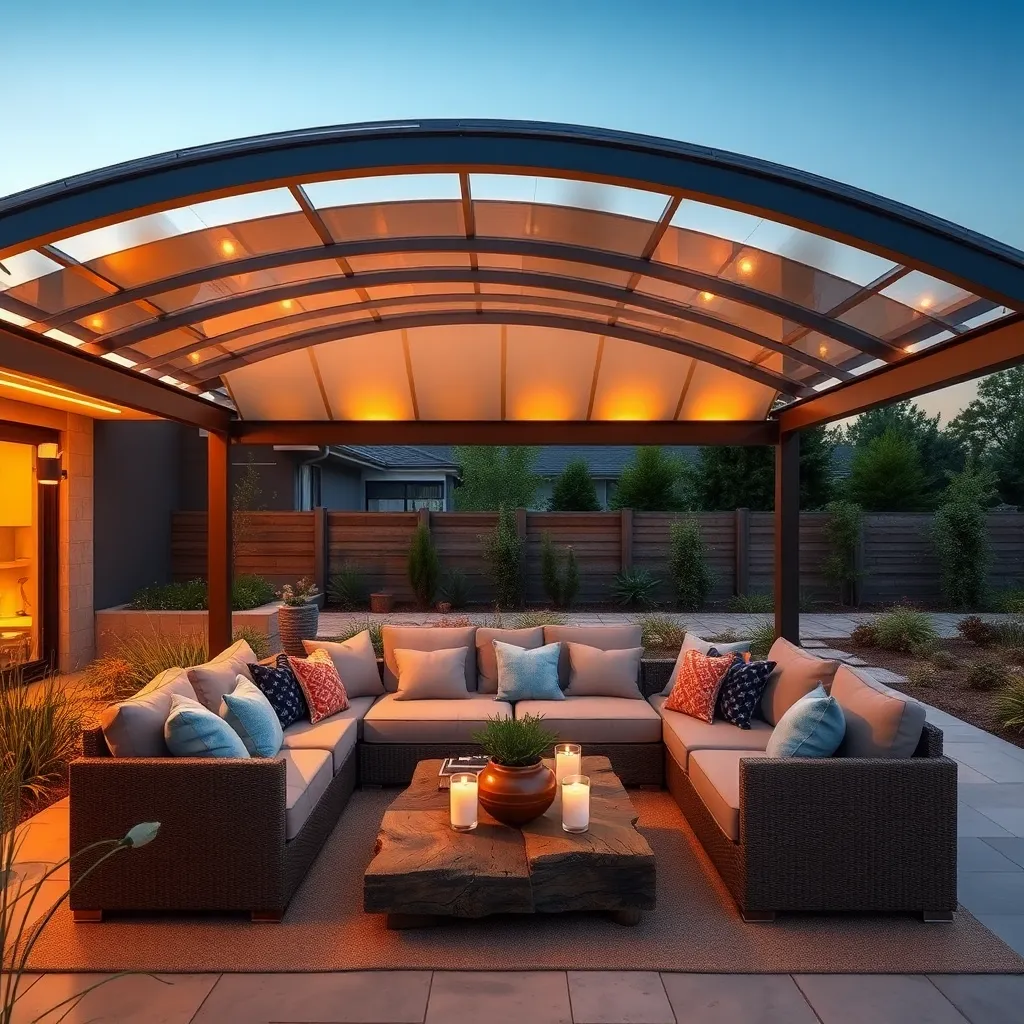
Integrating heating elements into your retractable roof can significantly enhance outdoor comfort during cooler months. Consider installing underfloor heating mats or overhead infrared heaters that blend seamlessly with your structure. These elements can be designed to fit within the retractable roof’s framework, ensuring that they don’t obstruct movement or aesthetics. For beginners, start with portable electric patio heaters that are easy to set up and move. For a more permanent solution, advanced homeowners might explore built-in radiant heaters, which require professional installation but offer a sleek, unobtrusive look.
When selecting heating elements, opt for materials that are weather-resistant and suitable for outdoor use, such as stainless steel or treated aluminum, to prevent corrosion. Pay attention to the power source—electric options are generally easier to integrate and control via smart systems, whereas gas heaters may require more infrastructure. Consider the size of the area you want to heat; typically, you’ll need about 1,500 watts for every 100 square feet. For those ready to invest in a high-end setup, programmable thermostats and remote controls can offer precise temperature management to keep your space cozy year-round.
Enhance Privacy with Side Panels
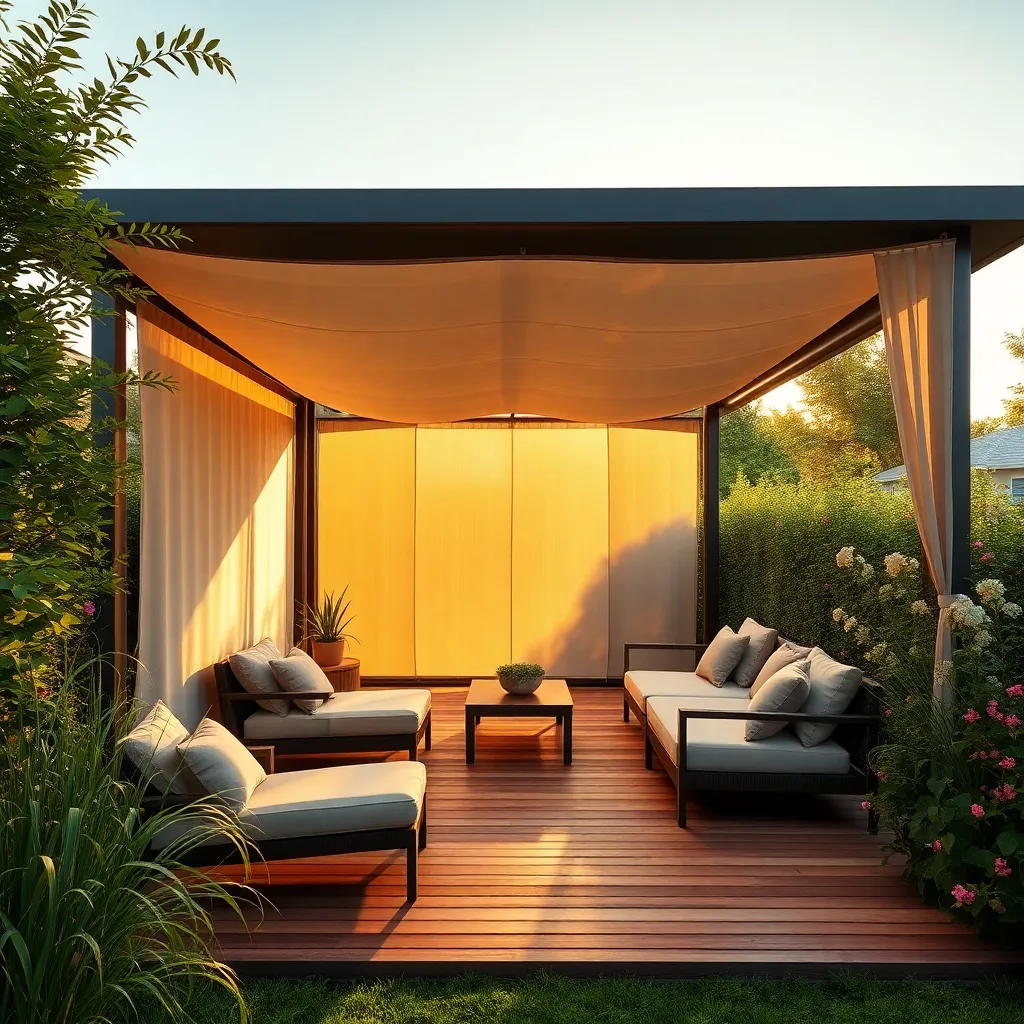
Adding side panels to your retractable roof system is a smart way to enhance privacy while creating a cozy atmosphere. Choose from a variety of materials like weather-resistant fabric, bamboo, or even frosted glass panels to suit your style and needs. For beginners, fabric panels are a great option as they are easy to install, allowing you to enjoy a secluded space without extensive construction work.
For those looking to elevate their outdoor design, consider installing motorized side panels that can be conveniently adjusted with a remote control. Advanced homeowners might explore integrating these panels with smart home systems for automated adjustments based on weather conditions. Ensure that the panels are securely anchored to withstand windy conditions, and consider adding a weighted hem for fabric panels to prevent flapping. This combination of functionality and style will make your outdoor area a perfect retreat.
Conclusion: Creating Beautiful Outdoor Spaces
As we wrap up our exploration of the ’11 Retractable Roofs Ideas for Your Next Project,’ let’s revisit the key concepts that can transform your relationship landscape. We’ve journeyed through the importance of adaptability and flexibility, the beauty of creating shared spaces, embracing change, and the power of protection and openness. These ideas remind us to provide shelter and warmth in our relationships, to innovate and personalize our connections, and to celebrate both the sunlit and stormy days with equal grace.
Now, it’s time to take immediate action: Choose one concept that resonated with you and discuss it with your partner today. This small step can ignite meaningful conversations and inspire new ways to enhance your relationship.
Remember, these insights are treasures worth revisiting. Save or bookmark this article as a handy guide for future projects and discussions. Your relationship is a dynamic structure, and with intentional care and creativity, it can stand resilient and thrive.
Look ahead with optimism—every relationship project you undertake is a step towards greater harmony and success. Together, let’s build a future filled with love, understanding, and endless possibilities.
